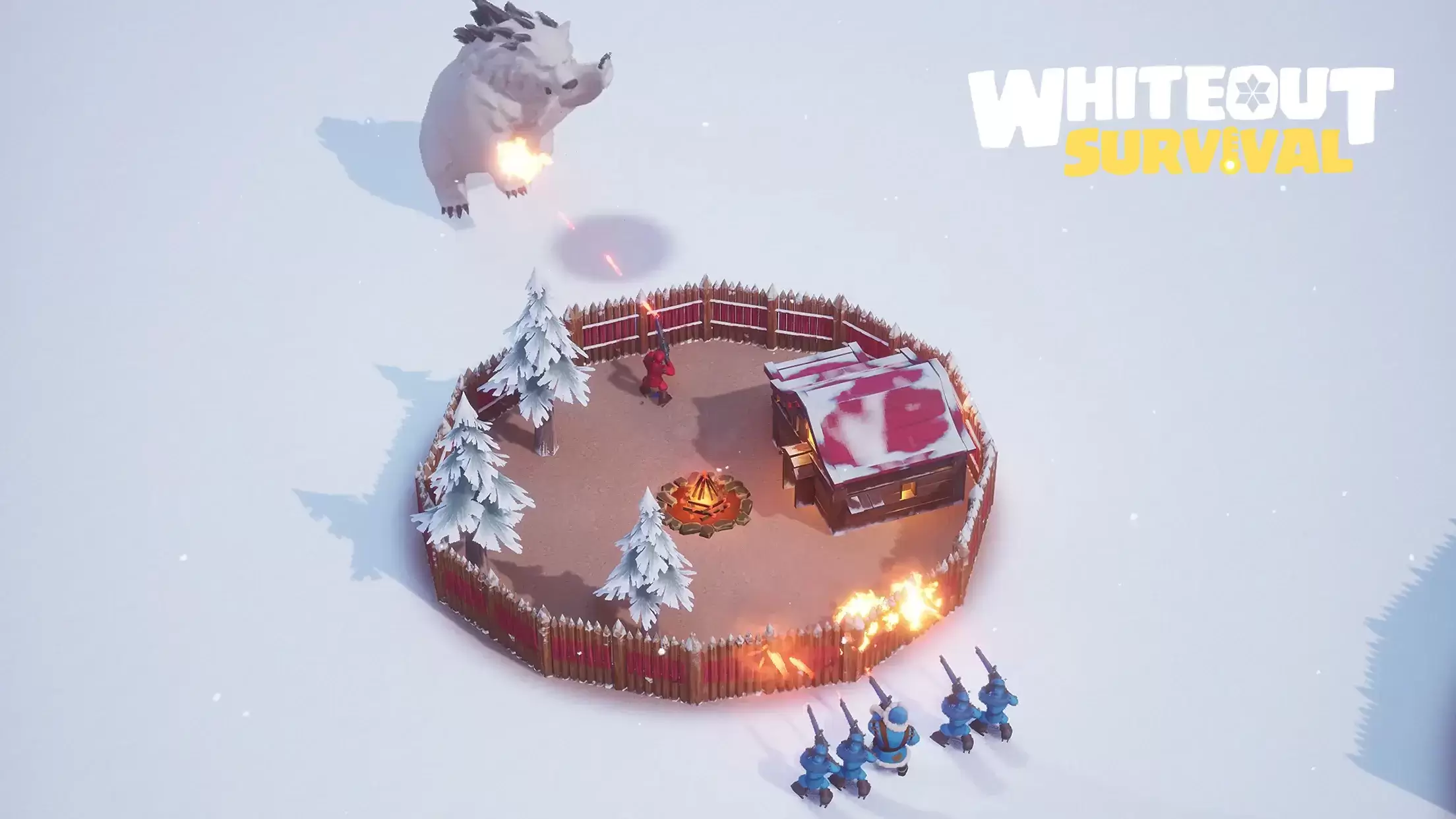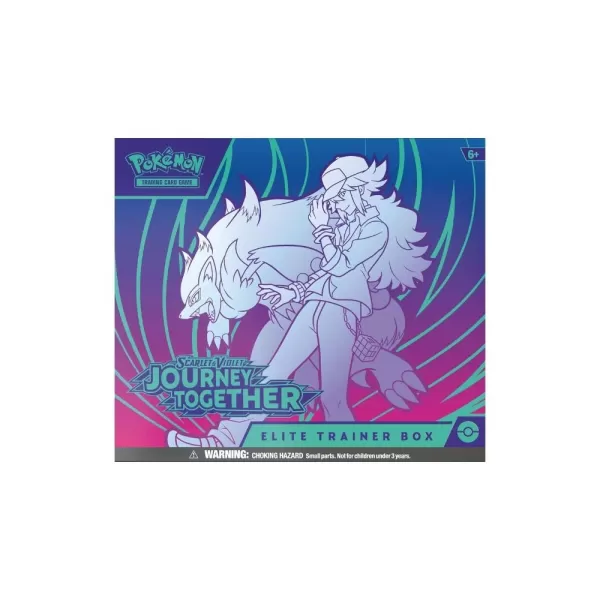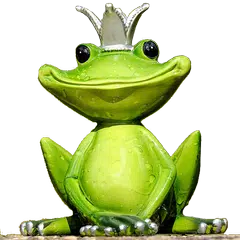In the vibrant world of Minecraft, terracotta stands out as a versatile and aesthetically pleasing building material, prized for its range of colors and durability. This article delves into the process of crafting terracotta, explores its unique properties, and highlights its applications in construction and decoration.
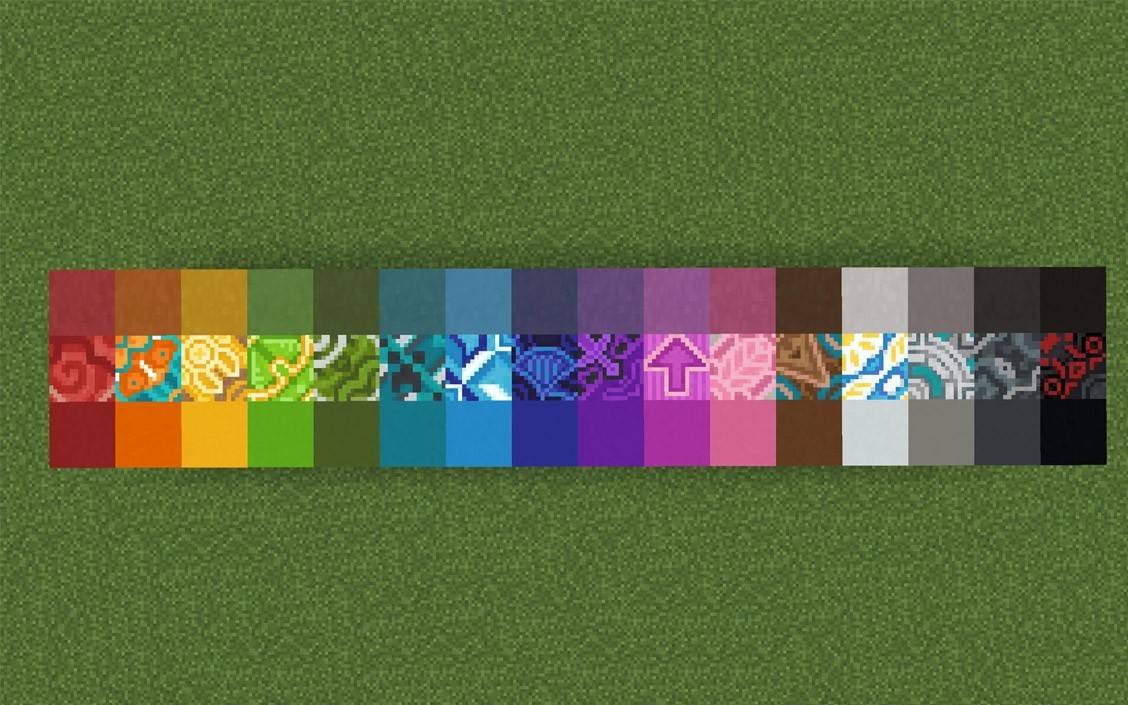 Image: planetminecraft.com
Image: planetminecraft.com
Table of Contents
- How to Obtain Terracotta in Minecraft
- The Ideal Location for Harvesting Terracotta
- Types of Terracotta
- Using Terracotta in Crafting and Construction
- Availability of Terracotta Across Different Minecraft Versions
How to Obtain Terracotta in Minecraft
To start crafting terracotta, you'll first need to gather clay, which is commonly found in bodies of water like rivers and swamps. Break these clay blocks to collect clay balls, which you then smelt in a furnace using fuel such as coal or wood. This process transforms the clay into terracotta blocks.
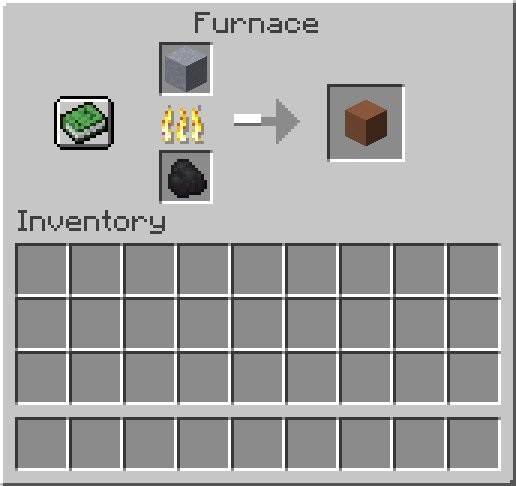 Image: ensigame.com
Image: ensigame.com
Terracotta can also be discovered in certain generated structures within the game, notably in the mesa biome, where you can find naturally colored variants. For players using the Bedrock Edition, terracotta can additionally be acquired through trading with villagers.
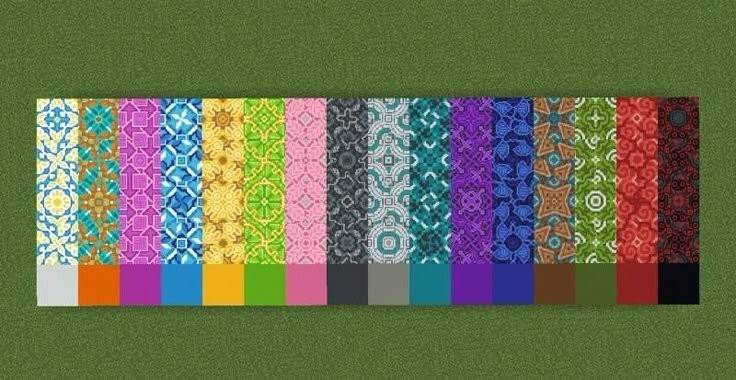 Image: pinterest.com
Image: pinterest.com
The Ideal Location for Harvesting Terracotta
The Badlands biome is renowned in Minecraft for being a primary source of terracotta. This biome features a striking landscape composed of various colored layers of terracotta, including shades of orange, green, purple, white, and pink. Here, players can harvest large quantities of terracotta directly from the environment, without the need for smelting.
 Image: youtube.com
Image: youtube.com
In addition to terracotta, the Badlands biome offers other resources like sandstone, sand, gold, and dead bushes, making it a hotspot for gathering materials and an ideal setting for constructing colorful bases.
Types of Terracotta
While the standard terracotta block boasts a brownish-orange hue, it can be transformed into 16 different colors using dyes at a crafting table. For instance, applying purple dye will result in purple terracotta.
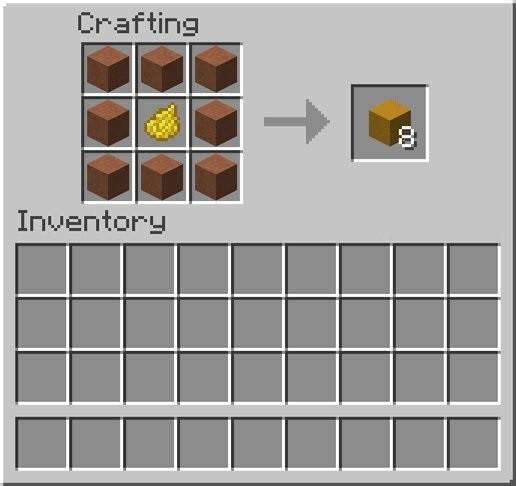 Image: ensigame.com
Image: ensigame.com
For those seeking more decorative options, glazed terracotta can be crafted by smelting dyed terracotta in a furnace. These blocks feature unique patterns that can be arranged to create intricate designs, enhancing both the aesthetic and functional aspects of building projects.
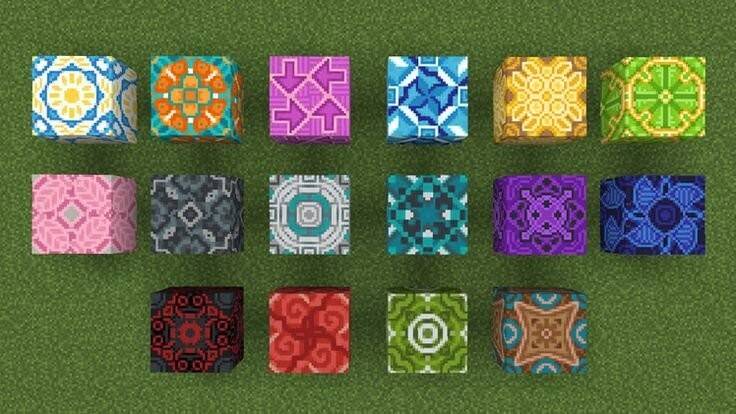 Image: pinterest.com
Image: pinterest.com
Using Terracotta in Crafting and Construction
Terracotta is a robust material that excels in both interior and exterior applications. Its diverse color palette allows for the creation of sophisticated patterns and designs, making it ideal for wall, floor, and roof cladding. In the Bedrock Edition, players can use terracotta to craft detailed mosaic panels, adding a touch of elegance to their structures.
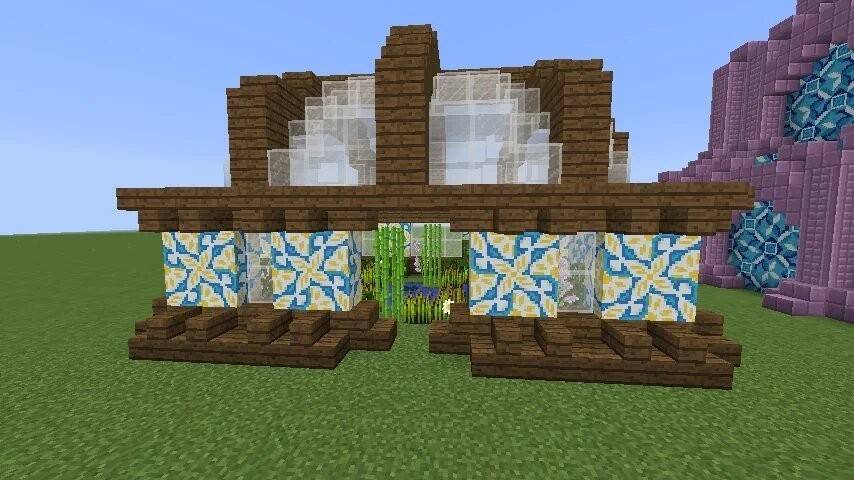 Image: reddit.com
Image: reddit.com
In Minecraft 1.20, terracotta also serves as a material for crafting armor patterns with the Armor Trim Smithing Template, offering players the chance to personalize their armor with distinctive designs.
Availability of Terracotta Across Different Minecraft Versions
Terracotta is readily available in both the Java Edition and Bedrock Edition of Minecraft, with similar methods for acquisition, though the textures might vary slightly between versions. In certain versions, players can also obtain terracotta through trading with master-level mason villagers, who exchange it for emeralds, providing a convenient alternative if a mesa biome is not accessible.
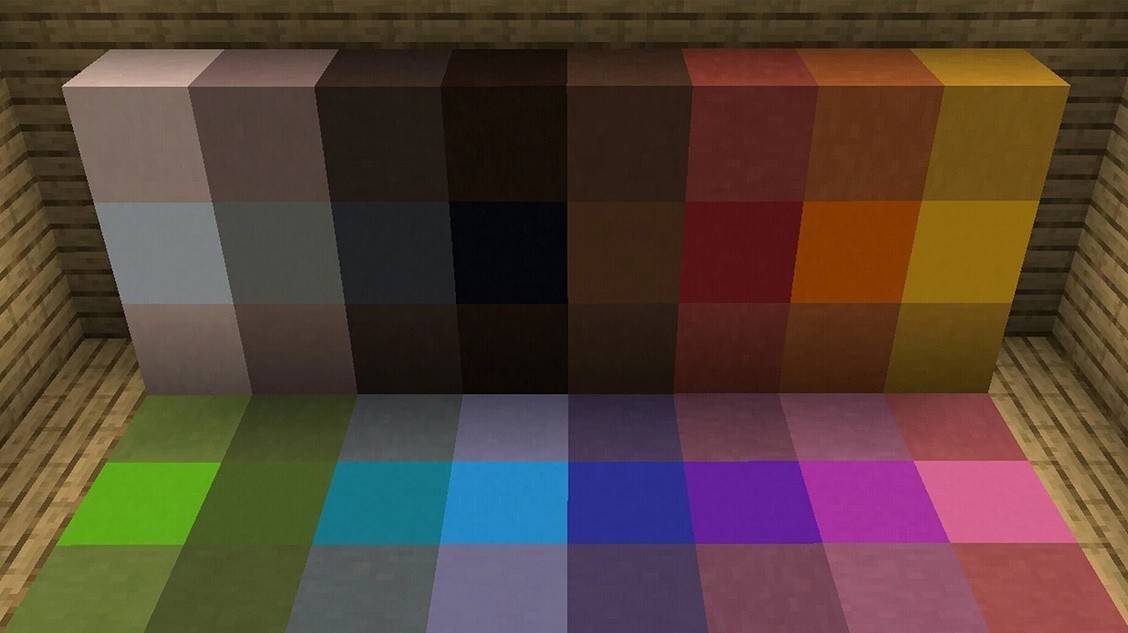 Image: planetminecraft.com
Image: planetminecraft.com
Terracotta's durability and vibrant colors make it a favored choice for builders in Minecraft. Whether you're crafting it from clay or harvesting it directly from the Badlands, this block offers endless possibilities for creativity and decoration in your Minecraft world.

